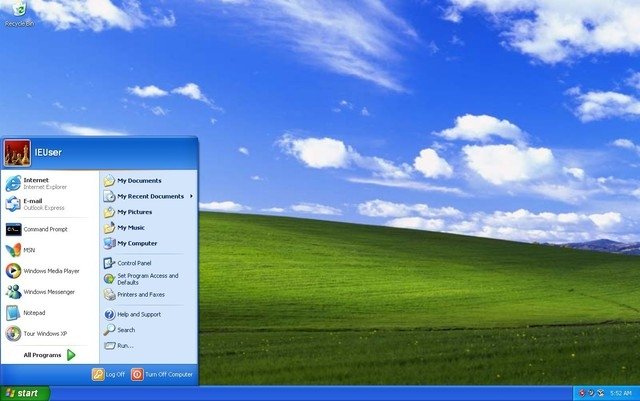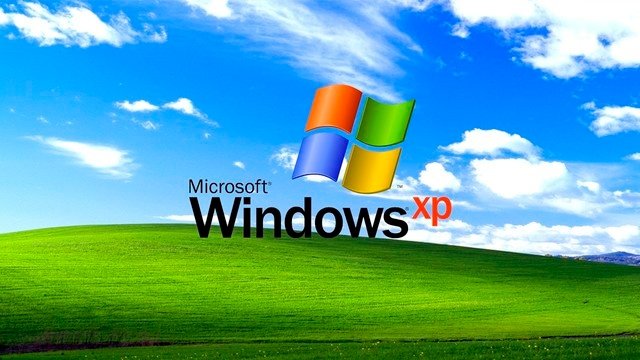
Do you know what the `XP` of Windows XP means? 1
Windows XP is certainly a legend, to the point that many people even consider it more successful than Windows 7 – the desktop operating system that Microsoft stopped supporting earlier this year.
Although it was retired in April 2014, Windows XP is still being used quite a lot today, mainly by government agencies and organizations with internal applications that require this operating system.
Although there are a large number of Windows XP users, few people actually know what XP stands for.
`The name XP stands for ‘experience’, symbolizing the rich and expansive user experience that Windows and Office can deliver by using Web services that span multiple devices.`
Although Windows XP was launched in 2001, Microsoft began creating this operating system in the late 90s, when Microsoft created two groups to develop a new operating system.

The first preview build of Windows, still called Whistler at that time, was released in mid-2000, after which Microsoft continued to release other beta builds, similar to what the software giant
The name Windows XP was announced in February 2001.
Ultimately, Windows XP became an industry sensation, primarily due to its combination of performance, interface, integrated applications, and new features.
Windows XP is no longer supported by Microsoft as of April 8, 2014.

Windows XP shares some of its code with multiple versions of Windows that are still in support, and a security bug in one version will likely appear in others as well.
Many people wanted Microsoft to create a current version of Windows XP but the company refused these offers.






